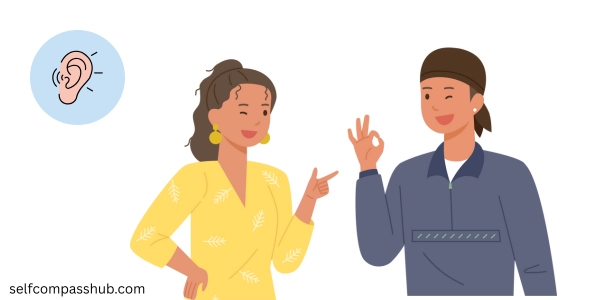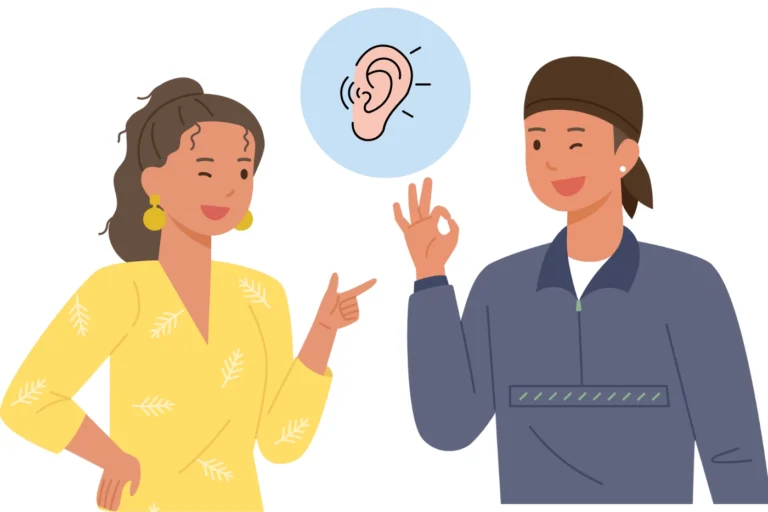Relationships, like life itself, come with their own set of challenges. Even the strongest partnerships face obstacles that can test their foundation. Couples therapy offers a guided space for partners to explore difficulties, rebuild connections, and develop healthier patterns of interaction.
Whether you’re navigating a specific crisis or simply wanting to strengthen your bond, the insights from couples therapy can transform how you relate to one another.
This post explores the fundamental pillars of successful relationships as addressed in couples therapy: communication, trust, and emotional connection. We’ll share practical techniques used by therapists that you can implement at home to nurture your partnership.
The Power of Effective Communication
Why Communication Breaks Down
Communication issues often stem from:
- Assuming we know what our partner is thinking
- Defensive listening rather than open hearing
- Prioritizing being “right” over being understood
- Letting small irritations accumulate without address
- Reverting to criticism instead of expressing needs
Communication Techniques That Transform Relationships
1. Practice Active Listening
Active listening involves fully concentrating on what your partner is saying rather than formulating your response. When your partner speaks:
- Maintain eye contact
- Avoid interrupting
- Nod or provide verbal acknowledgment
- Ask clarifying questions
- Paraphrase to confirm understanding
Try This Exercise: Set aside 10 minutes where one partner speaks uninterrupted about their day or a concern while the other listens without planning a response. Then switch roles.
2. Use “I” Statements
When expressing concerns, frame them through your experience rather than accusatory “you” statements.
Instead of: “You never help around the house!” Try: “I feel overwhelmed when I’m handling most of the household responsibilities.”
3. Implement the Speaker-Listener Technique
This structured approach ensures both partners feel heard:
- One person holds an object designating them as the “speaker”
- The speaker expresses their thoughts without interruption
- The listener paraphrases what they heard
- The speaker confirms or clarifies
- Partners switch roles
Important: The goal during this exercise isn’t to solve problems but to understand each other’s perspectives fully.
Building and Restoring Trust
Trust forms the bedrock of intimate relationships. Once damaged, rebuilding requires intentional effort from both partners.
Actions That Strengthen Trust
1. Maintain Consistency Between Words and Actions
Trust develops when promises align with behaviors. Small consistencies matter as much as big ones – from being on time for dinner to following through on major commitments.
2. Practice Transparency
Share your thoughts, feelings, and experiences openly. When appropriate, allow access to information that helps your partner feel secure.
3. Acknowledge Mistakes Quickly
When you’ve made an error:
- Take responsibility promptly
- Express genuine remorse
- Explain what happened without excuses
- Outline how you’ll prevent similar mistakes
- Ask what you can do to make amends
4. Respect Boundaries
Healthy relationships balance closeness with respect for individual needs:
- Discuss and establish clear boundaries
- Honor those boundaries consistently
- Revisit and adjust boundaries as the relationship evolves
Try This Exercise: Each partner writes down three boundaries they’d like respected. Share these and discuss how to honor them in daily interactions.
Cultivating Emotional Connection
Emotional intimacy – the feeling of being truly known and accepted – distinguishes fulfilling relationships from merely functional ones.
Practices That Deepen Connection
1. Create Rituals of Connection
Small, consistent moments of connection sustain relationships through challenges:
- Morning coffee together before work
- A daily walk after dinner
- Weekly date nights without distractions
- Regular check-ins about emotional needs
2. Express Appreciation Specifically
Move beyond “thank you” to acknowledgments that recognize your partner’s unique qualities: “I appreciate how you listened to me vent about work today. Your patience helped me feel supported.”
3. Nurture Physical Intimacy
Physical connection encompasses more than sexual intimacy:
- Hold hands during walks
- Embrace for at least 20 seconds (long enough for oxytocin release)
- Offer massages or gentle touch without expectation
- Prioritize affection even during conflict
4. Practice Vulnerability
Share your hopes, fears, and dreams – even the ones that feel risky to express. Emotional intimacy grows when partners feel safe revealing their authentic selves.
Try This Exercise: Take turns completing these sentences:
- “Something I’m afraid to tell you is…”
- “I feel most loved when you…”
- “Something I need more of in our relationship is…”
When to Seek Professional Support
While these techniques can strengthen relationships, some challenges benefit from professional guidance:
- Persistent communication breakdowns
- Healing from betrayal or significant breaches of trust
- Processing trauma affecting the relationship
- Navigating major life transitions (parenthood, career changes, etc.)
- When the same conflicts recur without resolution
A skilled couples therapist offers:
- Neutral perspective on relationship dynamics
- Structured environment for difficult conversations
- Evidence-based techniques tailored to your specific challenges
- Skills training that creates lasting change
Remember that seeking help demonstrates commitment to – not failure of – your relationship.
final thoughts: The Journey Forward
Relationships require continual nurturing. The techniques shared from couples therapy aren’t quick fixes but rather ongoing practices that, when implemented consistently, transform how partners relate to one another.
The most successful couples approach their relationship with curiosity rather than criticism. They recognize that understanding their partner is a lifelong journey – one filled with discoveries, challenges, and profound connection.
Whether implementing these techniques independently or with professional guidance, remember that the willingness to grow, both individually and as a couple, represents the true foundation of relationship success.
What step will you take today to strengthen your connection?
This post provides general information about relationship dynamics and is not a substitute for professional therapy. If you’re experiencing significant relationship distress, please consult with a licensed therapist who specializes in couples work.










